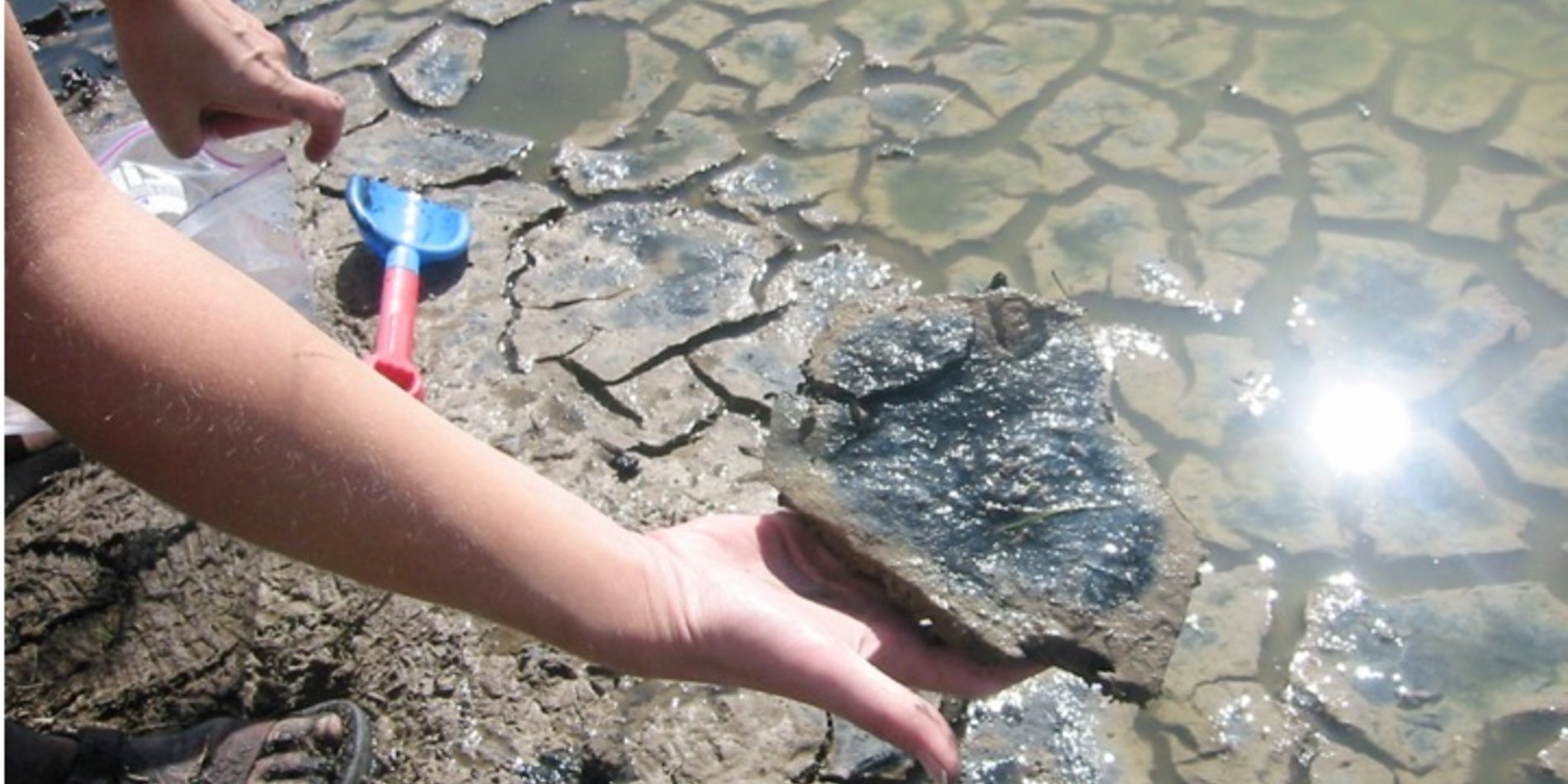Microbial Metal Cycling
Manganese(II) Oxidation
The oxidation of soluble manganese(II) to insoluble Mn(III,IV) oxides is an environmentally important process because the solid phase products oxidize a variety of organic and inorganic compounds [e.g., humics, Cr(III), Fe(II), HS-], scavenge many heavy metals (e.g., Cu, Co, Cd, Zn, Ni, Pb), and serve as electron acceptors for anaerobic respiration. Although most of the Mn(II) oxidation which occurs in the environment is microbially-mediated, the diversity of organisms responsible for this activity and the underlying mechanisms of catalysis remain poorly understood. My previous work revealed that Mn(II)-oxidizing bacteria are phylogenetically diverse and that multicopper oxidases (MCOs) appear to play a widespread role in Mn(II) oxidation. However, we still know very little regarding which organisms are responsible for Mn(II) oxidation in nature. To fill this knowledge gap, we are using molecular and cultivation-based approaches to characterize the diversity and physiology of Mn(II)-oxidizing bacteria in freshwater, estuarine, and marine environments.

Biogenic Mn oxide-encrusted sediments within a small California estuary, Elkhorn Slough
Dissimilatory Metal Reduction
We are also interested in microbes capable of coupling anaerobic growth to the dissimilatory reduction of various metals, including Mn(VI), Fe(III), U(VI), and As(V) in soils and sediments. In addition, we are currently working on a collaborative project examining how microbial N cycling influences the fate and transport of uranium in terrestrial subsurface systems.
